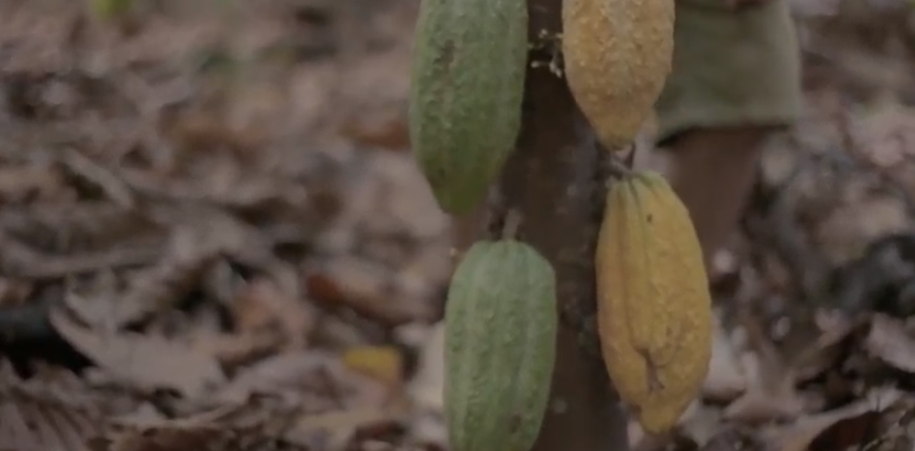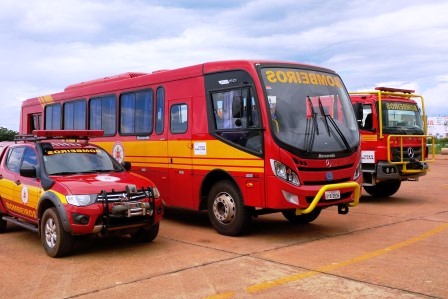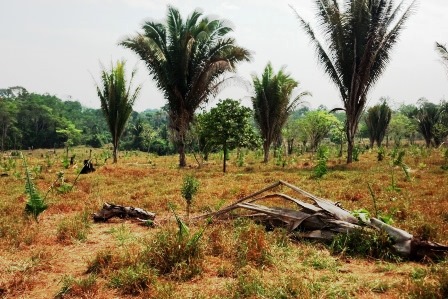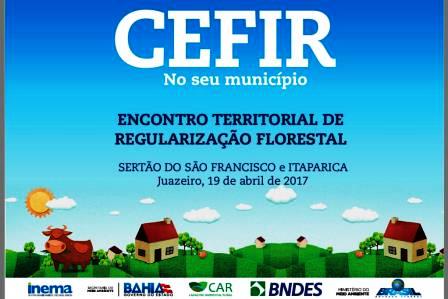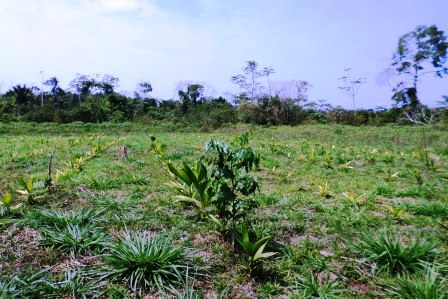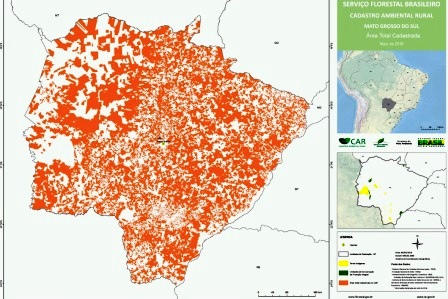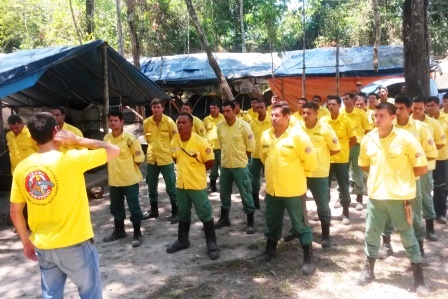ACTIVITIES CONDUCTED
The “Sustainable Settlements in the Amazon” project implemented its actions in small rural properties in three agrarian reform settlements, created by Incra in the last decade of the last century, in the state of Pará, namely: (i) (PA) Bom Jardim, designed with a capacity to serve 876 families; (ii) PA Moju I and II, with a capacity to serve 1,590 families; and (iii) PA Cristalino, with a capacity to serve 116 families.
Additionally, it structured and operationalized a payment program for environmental services benefiting families located in other settlements along the Trans-Amazonian highway, in the state of Pará.
The actions consisted of supporting the environmental regularization of the territories, through registration in the CAR; the provision of technical assistance and rural extension (ATER) to families, aimed at increasing productivity in open areas; preparation of use plans for the properties; training to adopt management techniques in forest areas; improvement of productive infrastructure, through the supply of inputs and equipment; the insertion of production in local and institutional markets and the institutional strengthening of organizations representing the settlements with training for their leaders in management and associativism. The following are some of the activities performed.
Management courses were given with over 60 leaders from the supported settlements in attendance, enabling the creation of three support groups dedicated to participatory planning and project implementation.
The georeferencing of 2,710 lots and data were collected to prepare a socioeconomic and environmental assessment, aiming at both planning and analyzing the effectiveness of the project's actions. In partnership with the Federal Rural University of the Amazon, a market study of family farming products was prepared in western Pará, for the purpose of defining the productive activities to be supported by the project.
Also worth mentioning are the georeferencing and preparation of environmental recovery plans (PRA) for two settlements. Agricultural technicians visited the properties that are part of the project, where the skills of each of the farmers were assessed among a list of activities that could be supported and already identified in the market study.
In addition, several training sessions were held, such as workshops on sustainable management, seminars on productive improvements and access to institutional markets, as well as field days to exchange experiences.
The project supported the environmental regularization of 1,300 properties by registering them in the Rural Environmental Registry (CAR), corresponding to an area of 101 thousand hectares of rural properties where the environmental regularization process has been initiated.
In the payment component for environmental services, a document describing this financial mechanism was prepared, and the project initially included 348 families who began to receive benefits to keep the forest standing. These families were paid in quarterly installments through transfers made by the post office.
The criteria considered in the project for participation in its environmental service payment project were: conservation and/or recovery of forest cover of the lot, conservation and/or recovery of the permanent protection area (PPA) and compliance with the productive improvements agreed upon in its use plans.
Aiming at the implementation of community forest management, forest management plans were developed benefiting three communities of PA Moju I and II, as well as a structure for storing and drying production.
Six hundred and fifty plans for use of the lots in the settlements were prepared and technical assistance was provided to improve agricultural practices. Initially, soil samples were analyzed and subsequently, guidance was provided on soil correction, area preparation, planting, planning for the recovery and rotation of pastures, seedling production, vegetable and fruit tracts, construction of aviaries and tanks for fish farming.
The project also distributed various inputs, such as fertilizer, limestone, wire for fences, agricultural implements and provided leased machine services. Fifty-seven hectares of mechanical scalers were supported for planting short-cycle crops (corn, rice, beans, etc.); 163 hectares of pastures were recovered by rotating the livestock through the implantation of fences; 69 aviaries were built; cocoa, passion fruit and açaí crops were recovered; 19 tanks were implemented for fish farming and pig farming was supported.
Nurseries were set up to support the recovery of permanent protection areas (PPA) and the restoration of a degraded legal reserve, identified in the plans for using the lots and in the registration process in the Rural Environmental Registry.
One hundred and thirteen hectares were reforested with agroforestry systems (AFSs), promoting production diversification, food security and increased income.
The project contributed to the implementation of 19 small processing structures, four collective and fifteen family ones, for processing cassava, fruits and milk. All initiatives had business plans prepared with project resources.
Free fairs were organized for the products from the settlements in Anapu and Pacajá to be sold, with an average participation of 22 farmers at each fair. The project also participated in the creation of the first Solidarity Trade Network of Tapajós¹. This network directly connected suppliers from PA Cristalino II and surrounding areas to solidarity consumers, and the project made packaging, thermal boxes, baskets for products, Styrofoam and freezers available as well as the creation of a logo, among other resources.
The technical team of the project also supported the families of PA Moju I and II in their re-registration process with the Food Acquisition Program (PAA), which is a government program through which food produced by family farms is purchased.
¹ https://www.facebook.com/search/top/?q=Rede%20de%20Comercializa%C3%A7%C3%A3o%20Solid%C3%A1ria%20do%20Tapaj%C3%B3s



